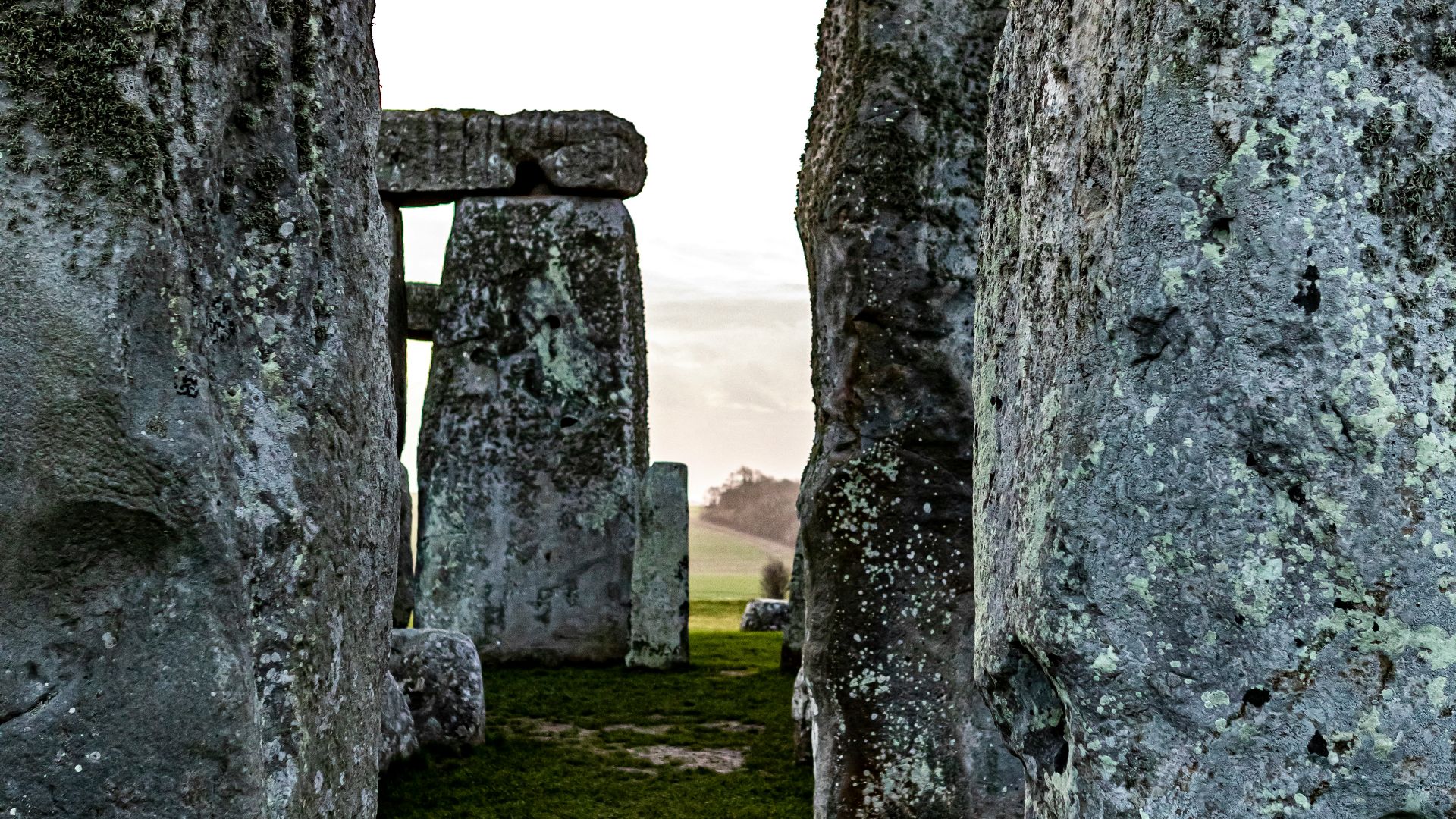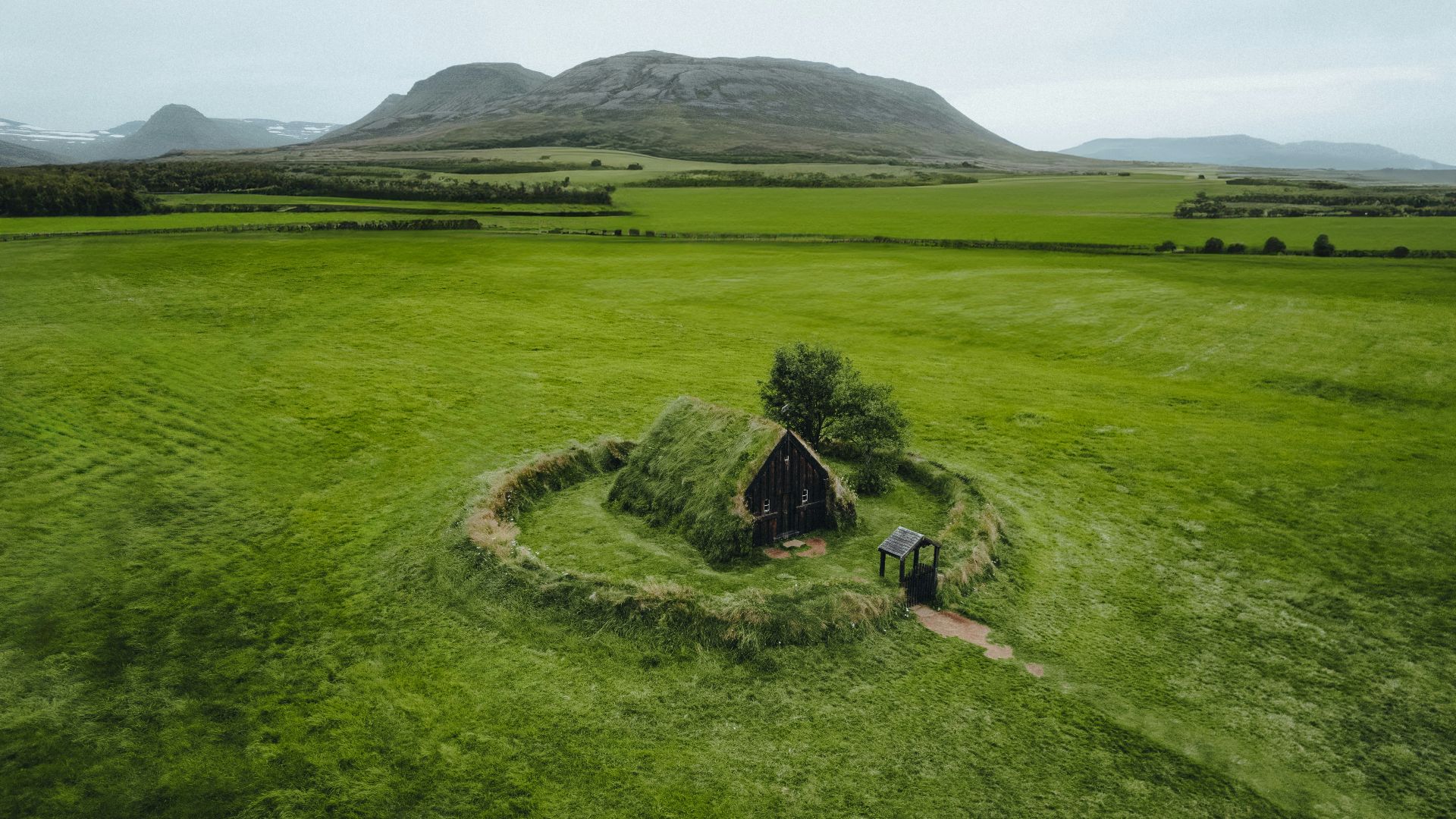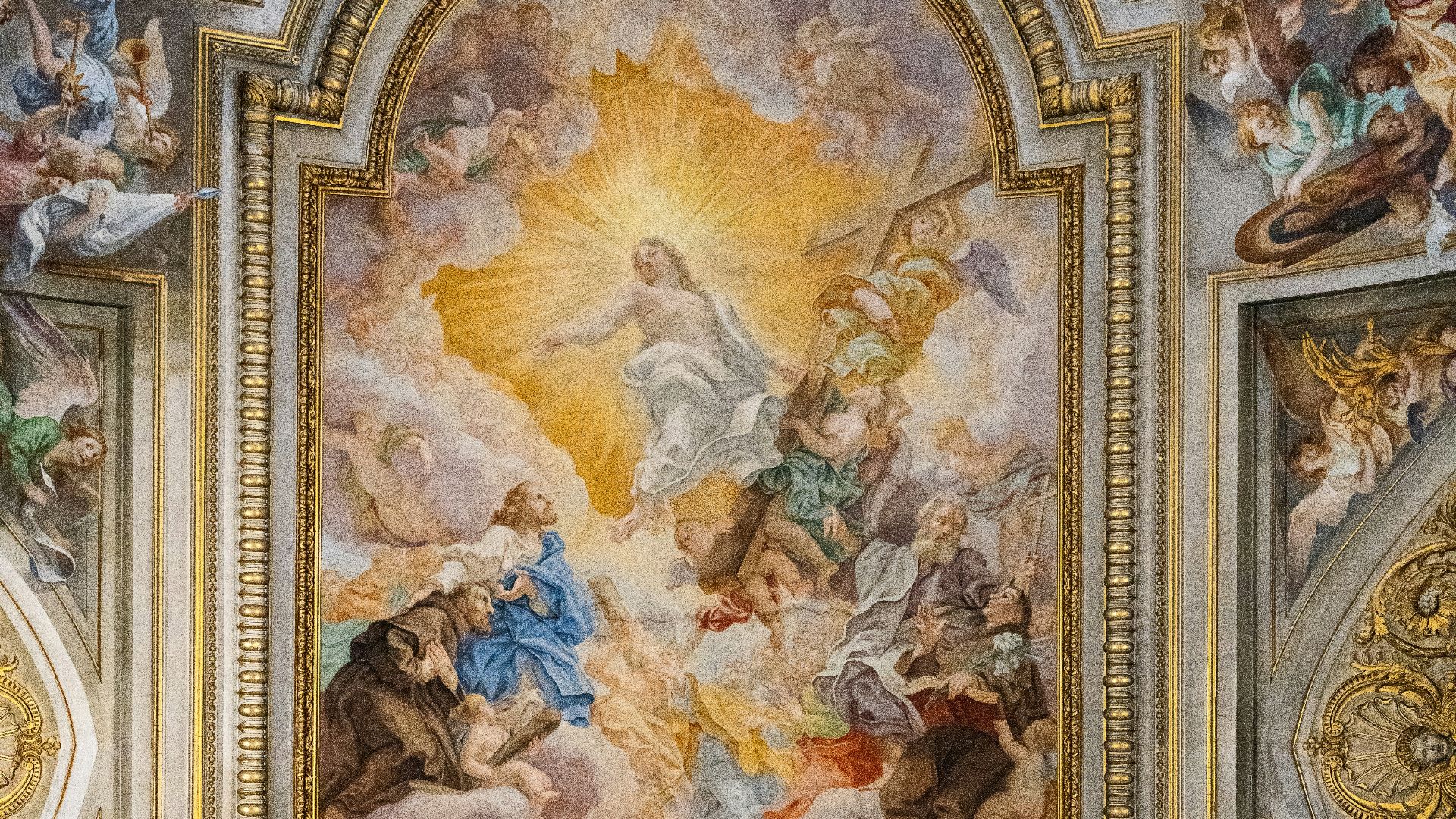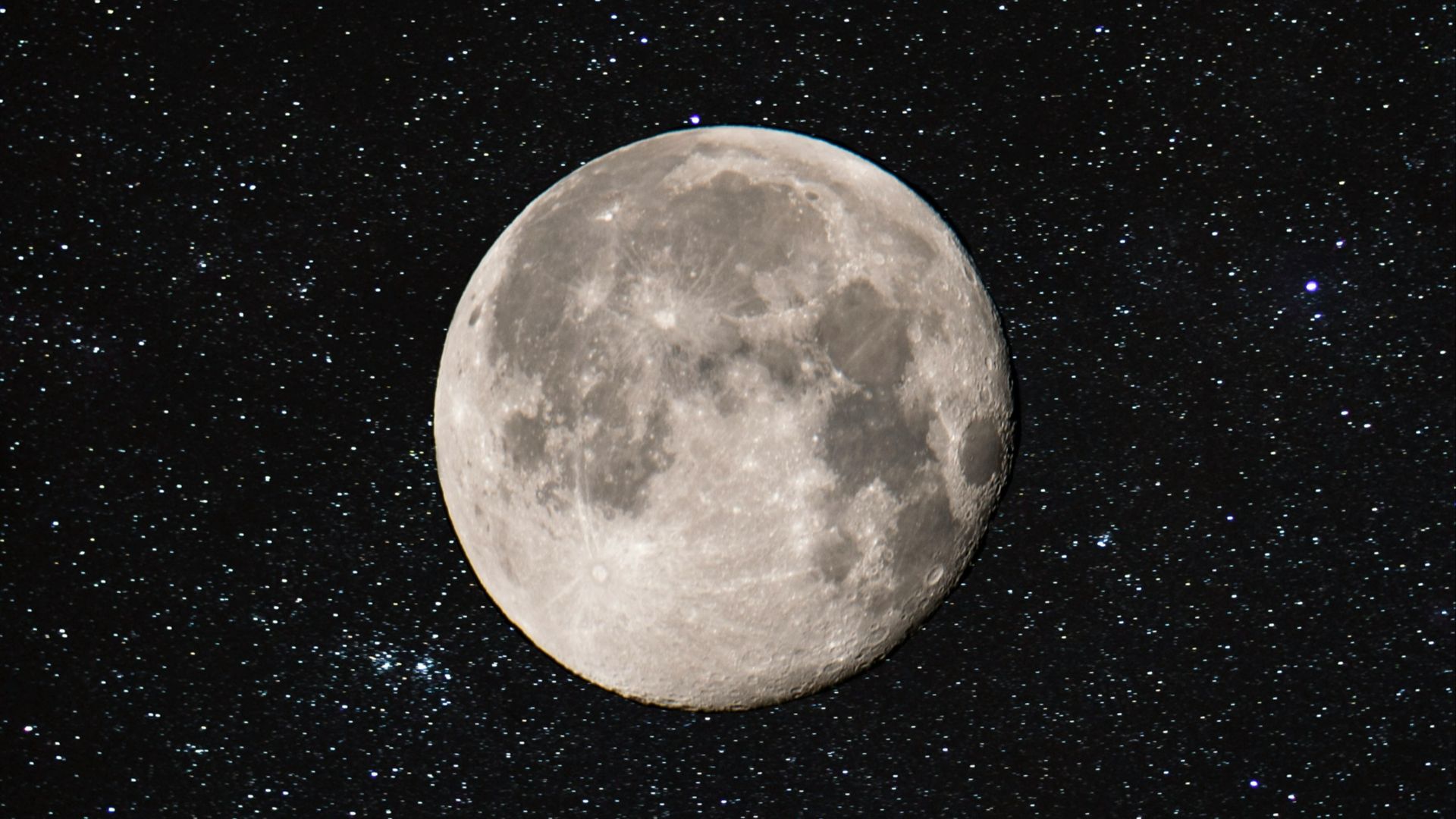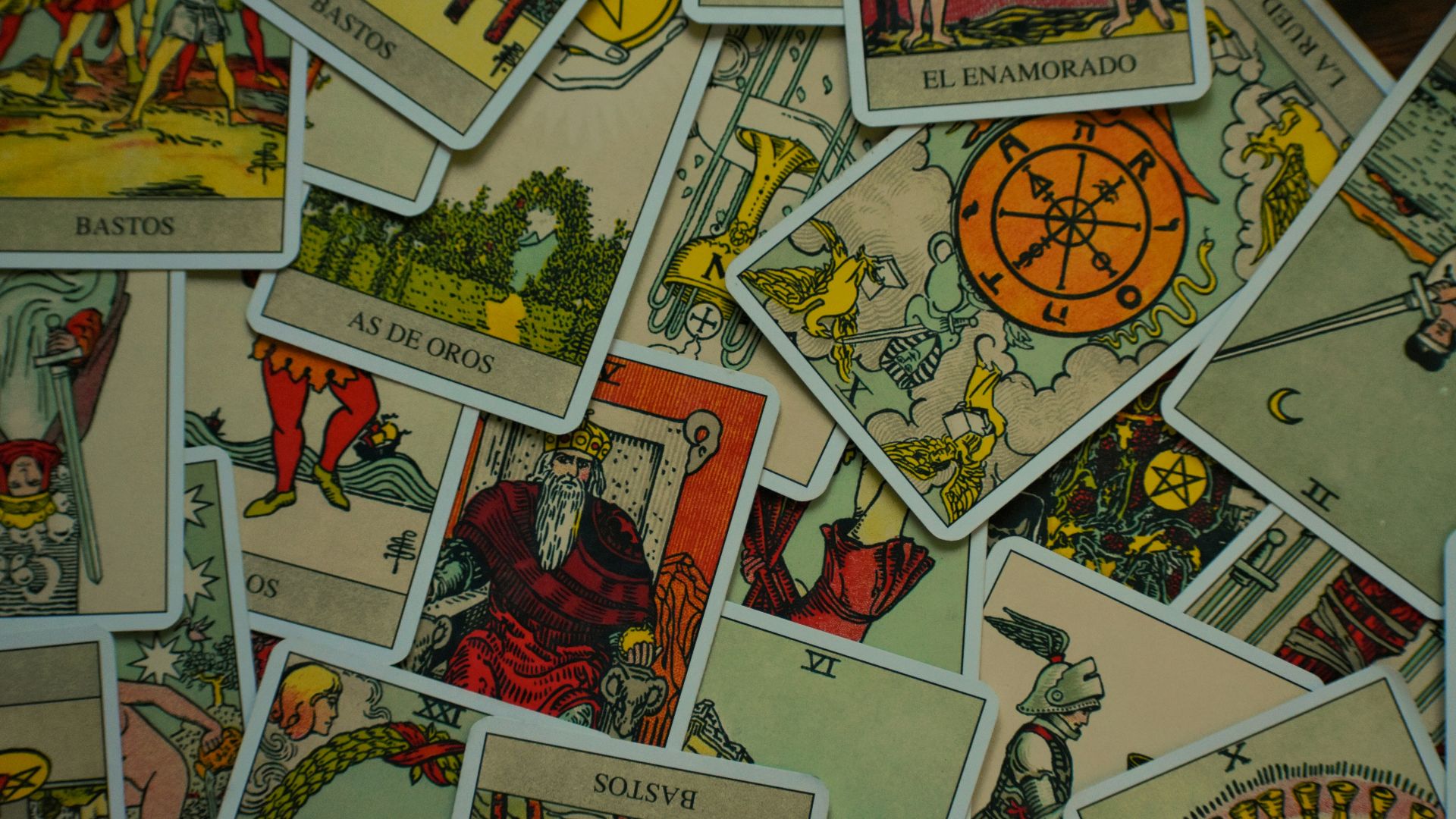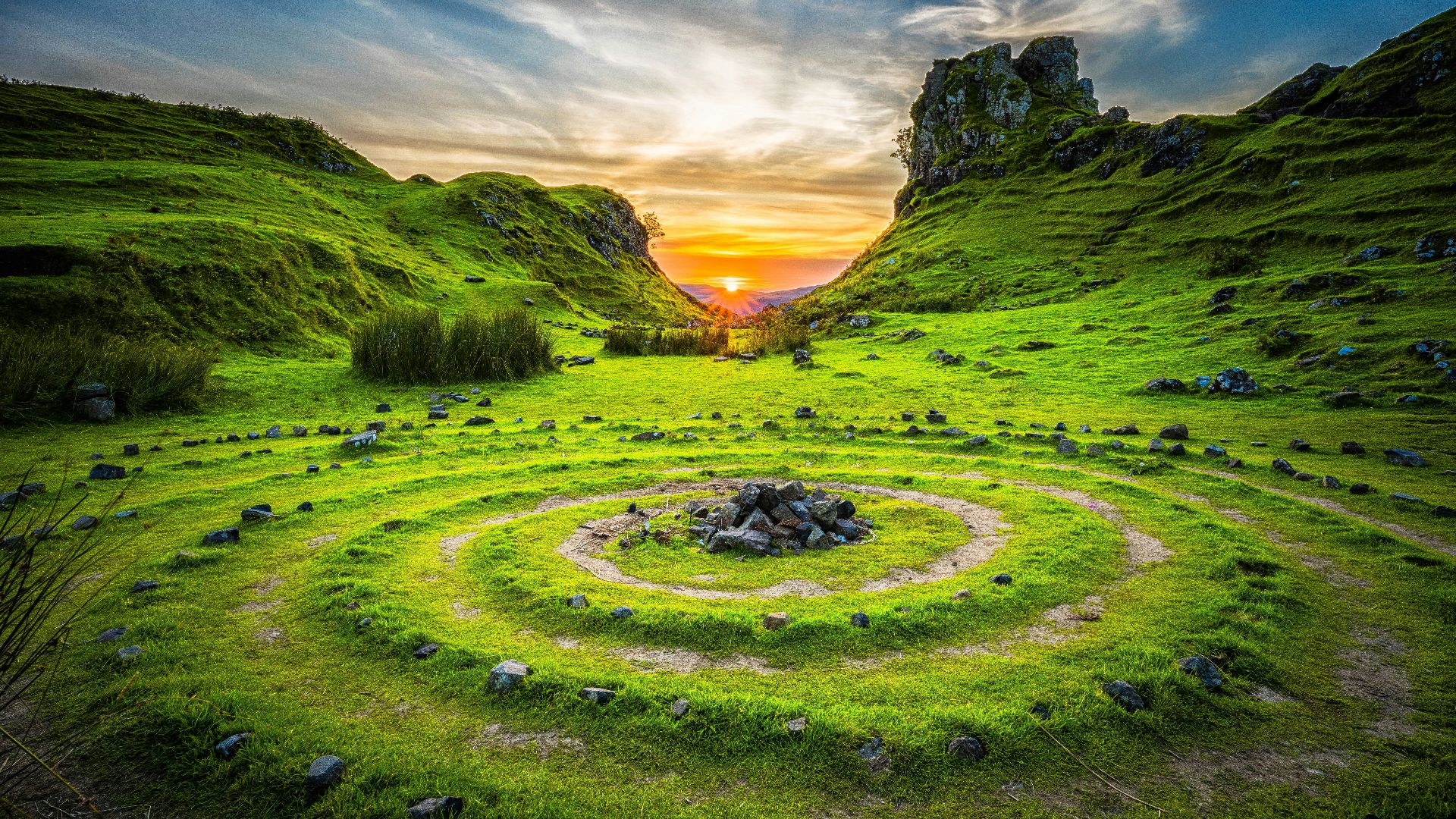To Celebrate Life Itself
Paganism has existed for thousands of years, in many forms, cultures, and practices worldwide. Despite facing persecution and general erasure throughout history, many celebrations and belief systems with pagan origins still made it through to the modern day. The beautiful thing about paganism is that your path is up to you; it allows for consistent growth and change, but maintains a general principle that we should be treating our world just a little bit better. To learn more about this ancient religion, read on.
1. Definition
Paganism is not an organized religion, so it doesn’t have many hard and fast definitions. However, it’s most often described as being a belief system based upon nature worship, recognizing divinity in its many natural forms.
2. Origins
Paganism’s roots can be found across pre-Christian Europe, North Africa, and West Asia. Today, it’s most commonly associated with ancient Greco-Roman, Celtic, Germanic, and Slavic peoples, but certainly existed outside of these spheres.
3. Etymology
The word pagan comes from the Latin word “paganas,” which means “rural” or “countryside.” The term was used by early Christians to describe individuals who practiced polytheism, which was more common in communities outside of city centers.
4. It Was Used Within Christianity Sects
Despite the word pagan drawing a clear line between Christians and non-Christians, the word was often thrown around during religious conflicts. Protestants used the term pagan in the 16th century to belittle the Roman Catholic Church, due to the church's veneration of saints.
5. Gods Abound
Because it's used as an umbrella term for polytheism, Pagans worshipped the Greek, Norse, and Egyptian pantheons, while others focus on gods who personify nature, like Gaia, Ceerunnos, Faunus, and Flora. However, divine worship is not necessary for the practice, and many pagans choose to avoid deities entirely.
6. Animism
Our Paleolithic ancestors are responsible for the world’s oldest religion, known as animism. This belief, that all objects are alive and have a soul, was the foundation for Pagan beliefs.
7. Rome’s Influence
Tensions between Christians and Pagans reached a boiling point in 337, when Emperor Constantius II issued anti-pagan laws. These laws saw the closure of all pagan temples within Rome’s borders, and the promise of death if anyone was caught performing Pagan rituals.
8. The Olympics
The world’s most famous sports competition is deeply entwined with Paganism. At its start, it was a religious festival to honor Zeus and involved secular practices like sacrifices and rituals to appease the gods, alongside its athletic activities.
9. The Sabbats
We still celebrate many Pagan-based holidays today. Yule, Ostara, Litha, and Mabon are celebrations of the winter, spring, summer, and fall solstices and equinoxes, while Samhain is the ancient equivalent of Halloween. Yule is also closely associated with Christmas, the two merging around the 9th century.
 Midnightblueowl (talk) on Wikimedia
Midnightblueowl (talk) on Wikimedia
10. Paganism And Witchcraft
Despite many folks identifying as a pagan and a witch, the two are not synonymous. Paganism is a religion or spiritual identity, while witchcraft is a practice. Like Wicca, not all witches are pagans, and not all pagans are witches.
11. Symbols
Despite being highly individualistic, paganism does have some common symbols. The pentacle, the Triple Goddess, the Ankh, the triquetra, Hecate’s Wheel, and the Tree of Life are used across Pagan practices.
12. Rituals
Alongside the sabbats, pagans often celebrate rites of passage and lunar events that occur throughout the year. It’s common to see altars erected or sacred spaces created for these rituals to take place, while the larger aspect of connecting with nature is done on a more day-to-day basis.
13. The Moon
Many pagans honor the moon in lieu of, or alongside, deity worship. During the new moon, it's common practice to set intentions, focus on new projects, and creativity, while the full moon is used for purging, cleansing, and releasing what no longer serves you.
14. Connecting With Nature
Pagans believe that nature is sacred and that humans are a part of this giant interconnected web of life on earth. Many pagans work to honor nature by gardening, going on walks, meditating outdoors, and making offerings. Their work is not purely spiritual, however, as many pagans also participate in conservation and cleanup efforts to protect our planet.
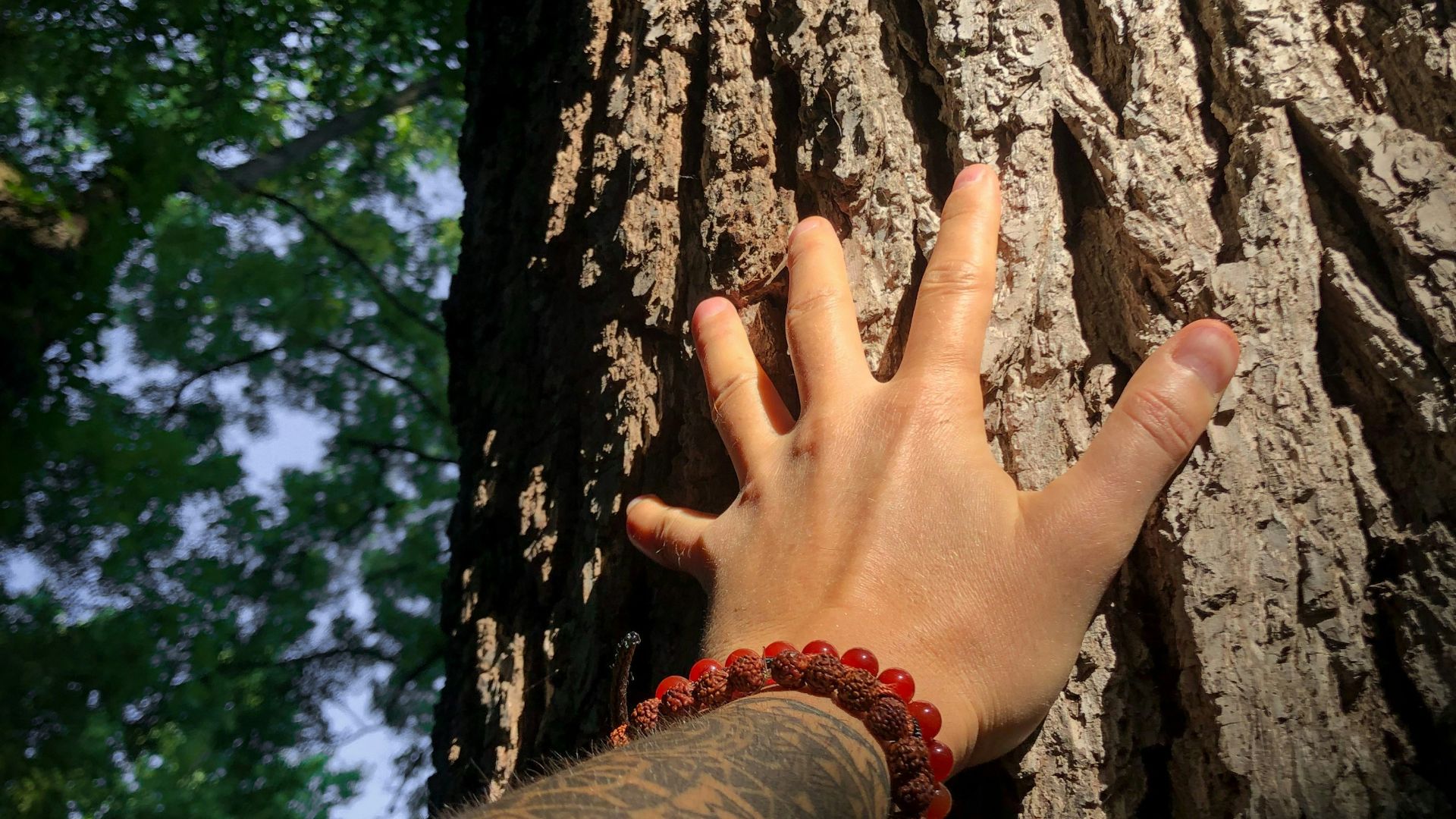 Frames For Your Heart on Unsplash
Frames For Your Heart on Unsplash
15. Ancestor Worship
Not all pagans participate in ancestor worship, but it is a more common practice of the religion. In the spirit of thanking and honoring family that's passed on, many pagans have dedicated spaces for items relating to family, often known as ancestral altars.
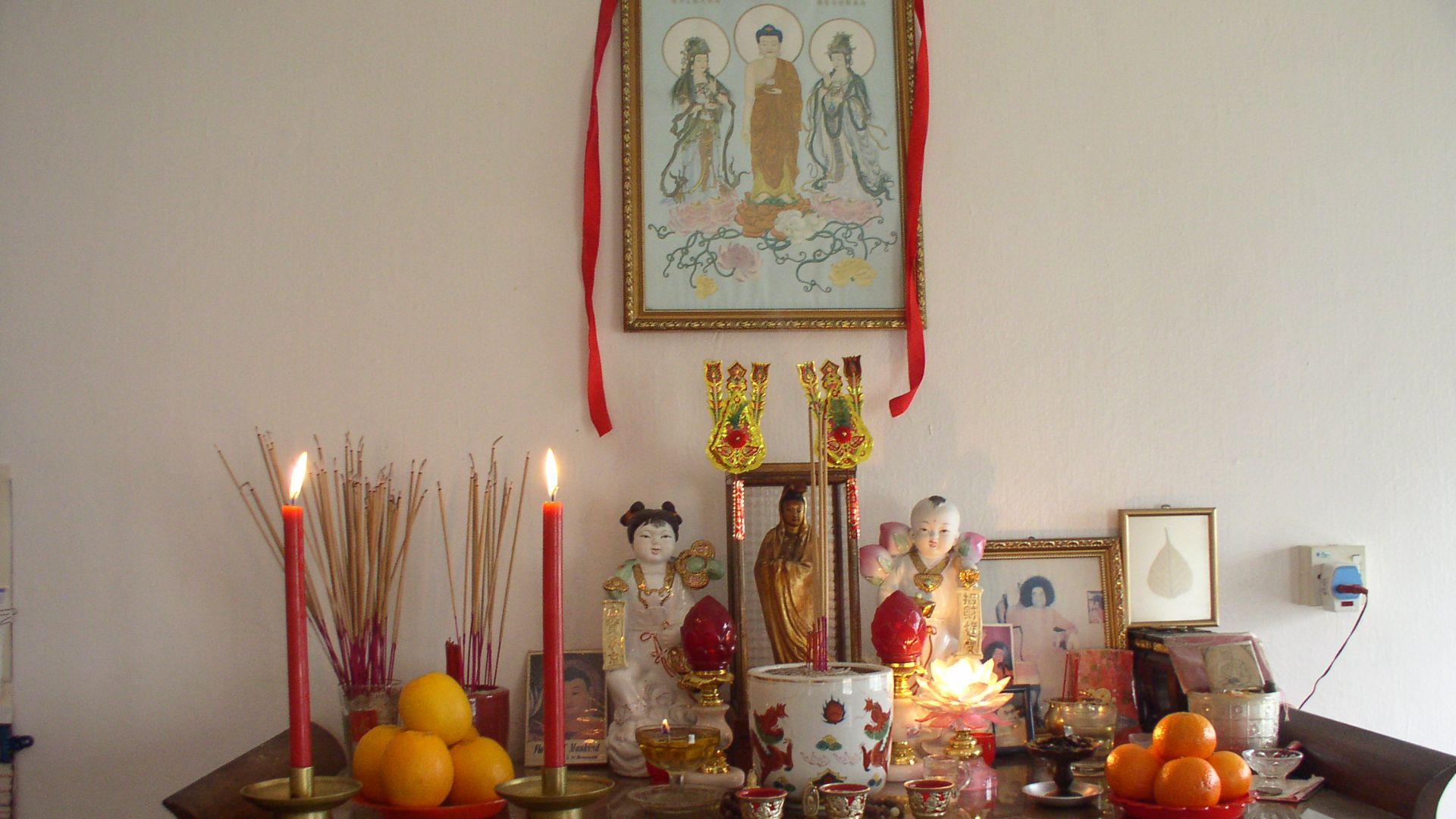 User:Sampuna at en:wikipedia on Wikimedia
User:Sampuna at en:wikipedia on Wikimedia
16. Styles Of Practice
Like many other religions, paganism can be practiced in solitude or with others. As it's a highly individual journey, it's common to keep certain elements of your practice to yourself, but many communities exist online and in real life to help you find your footing, community, and for larger celebrations.
 Victoria Strukovskaya on Unsplash
Victoria Strukovskaya on Unsplash
17. Community
We don’t just mean to highlight the importance of communing with other pagans, but paganism as a whole strives to make the world a little bit better. It’s common to see pagans volunteering, working in non-profits, and becoming active members of their neighborhood, town, or city.
18. Neo-Paganism
Plenty of what we deem as pagan practice today comes from neo-paganism. This revival of pre-Christian beliefs appeared in the 19th century, alongside the Victorian fascinations with the occult. It gained larger visibility due to the founding of Wicca, which occurred in the 1950s and 60s.
19. It’s Accepting
Paganism accepts all walks of life, which has made it especially attractive to LGBTQ+ communities. The widespread acceptance of the human body in all its forms, individual liberty, and emphasis on one's personal journey make paganism one of the most accepting religions worldwide.
20. Modern-Day
Paganism has no singular set of beliefs, practices, or religious texts. Certain pagans try to adhere to the religion's prehistoric beliefs, while others do their best to incorporate facets of the modern world into their worship. This loose network of tree-huggers is fascinating to many due to the lack of rules or ethics, but it’s really up to you how you choose to move forward.
KEEP ON READING
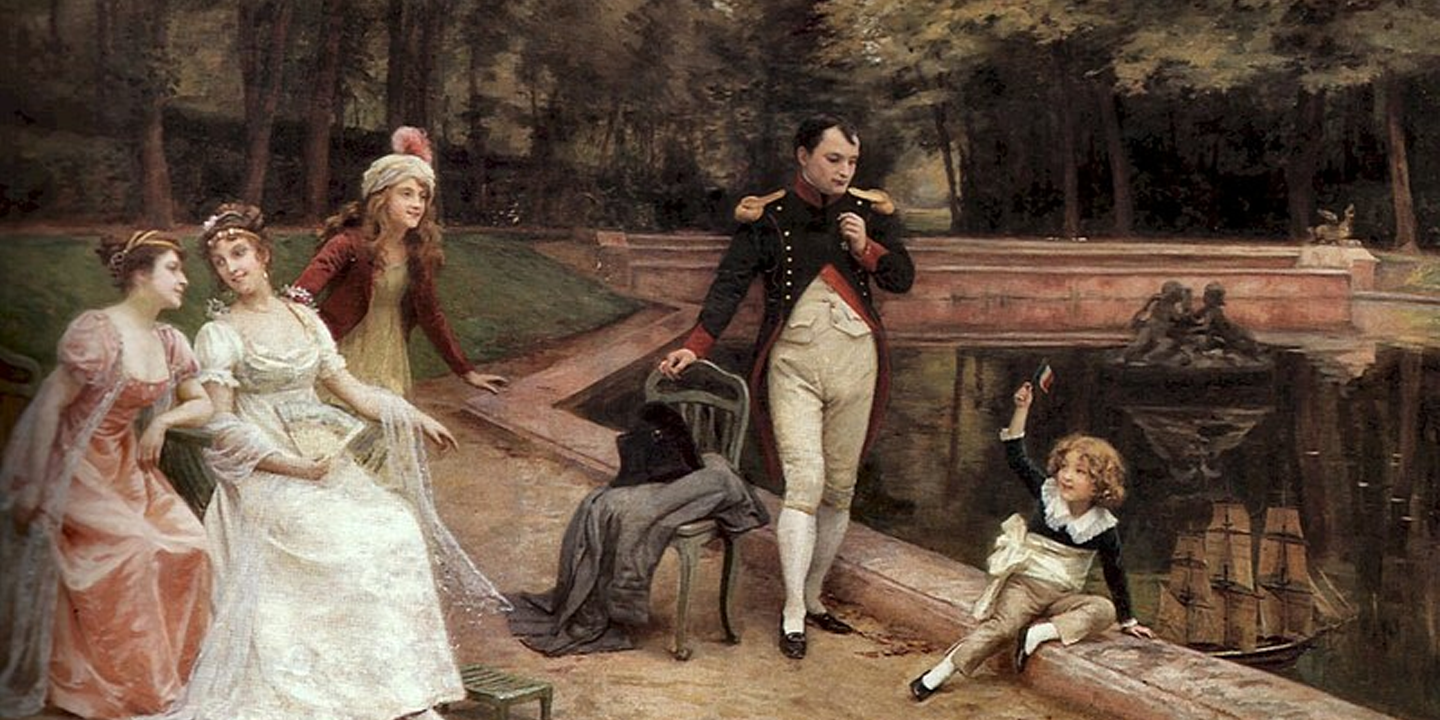
The 20 Most Recognized Historical Figures Of All Time
The Biggest Names In History. Although the Earth has been…
By Cathy Liu Oct 4, 2024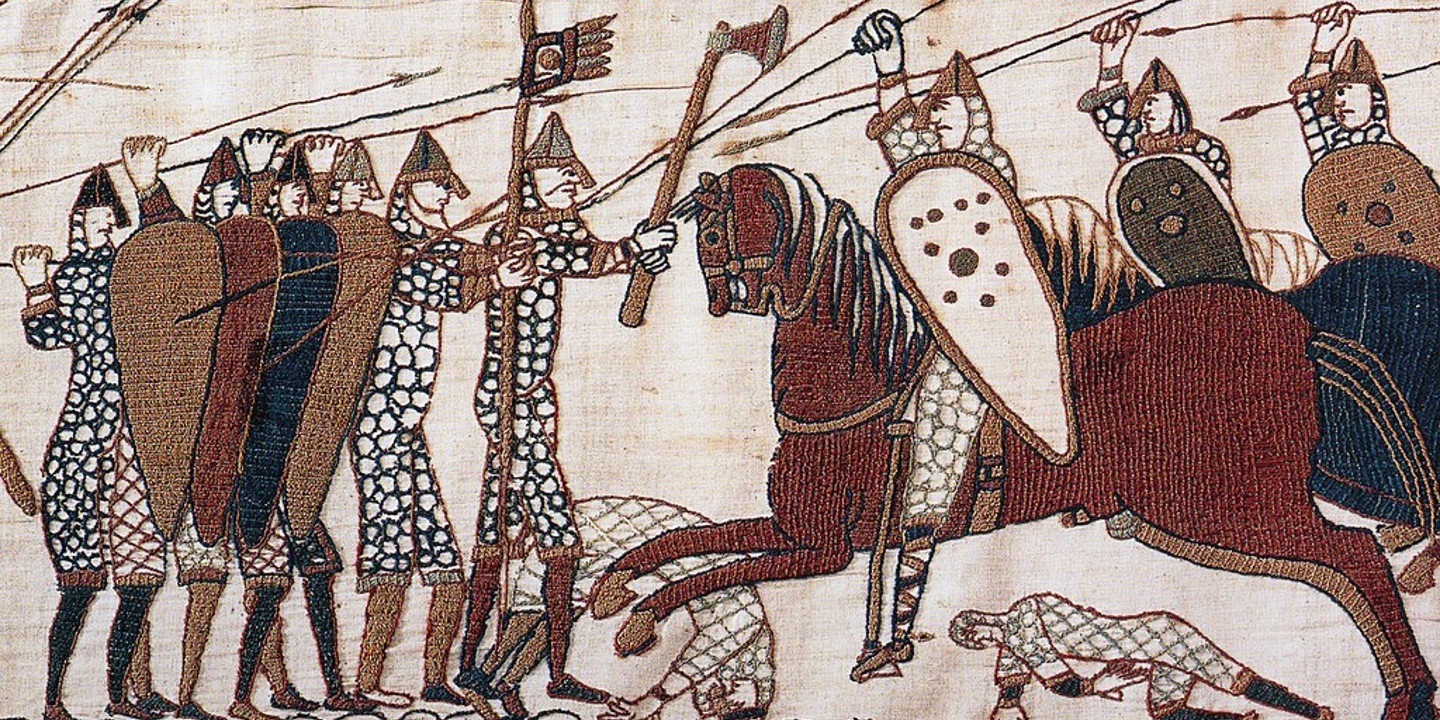
10 of the Shortest Wars in History & 10 of…
Wars: Longest and Shortest. Throughout history, wars have varied dramatically…
By Emilie Richardson-Dupuis Oct 7, 2024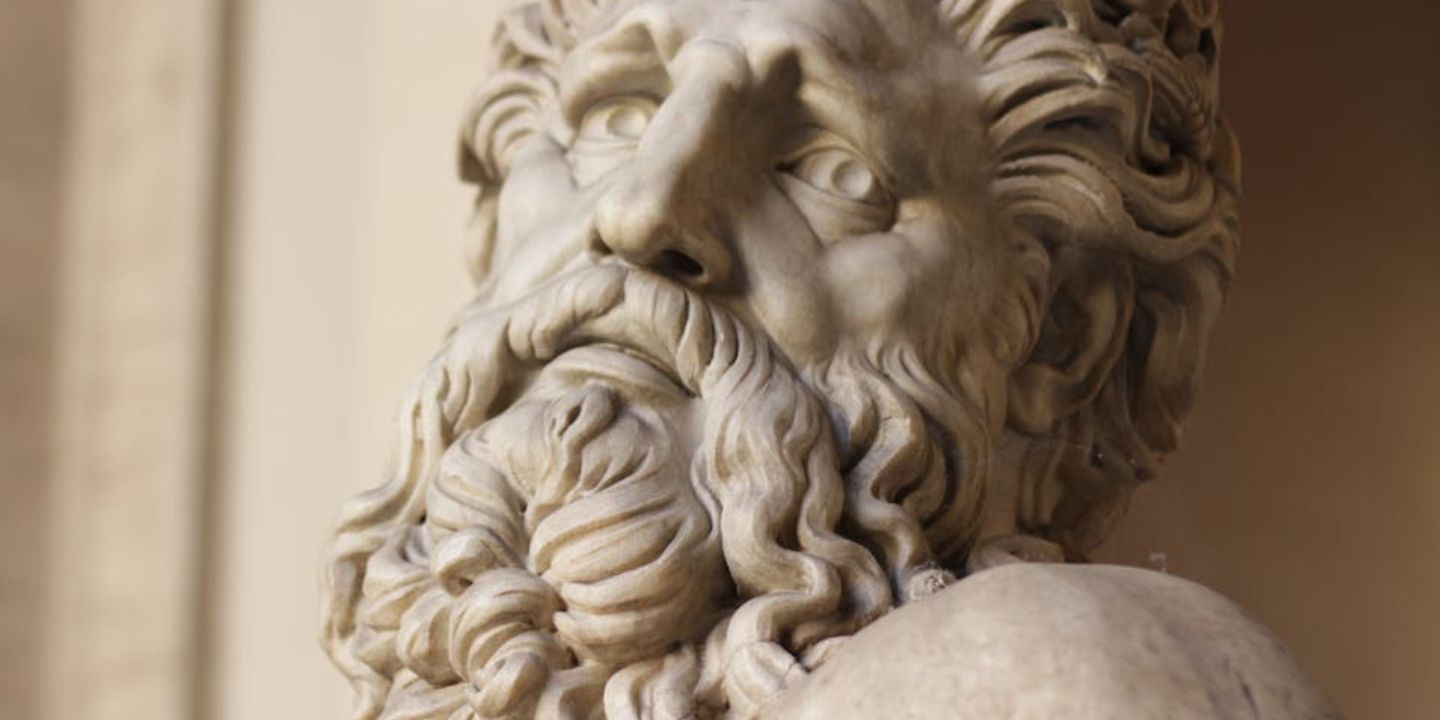
10 Fascinating Facts About Ancient Greece You Can Appreciate &…
Once Upon A Time Lived Some Ancient Weirdos.... Greece is…
By Megan Wickens Oct 7, 2024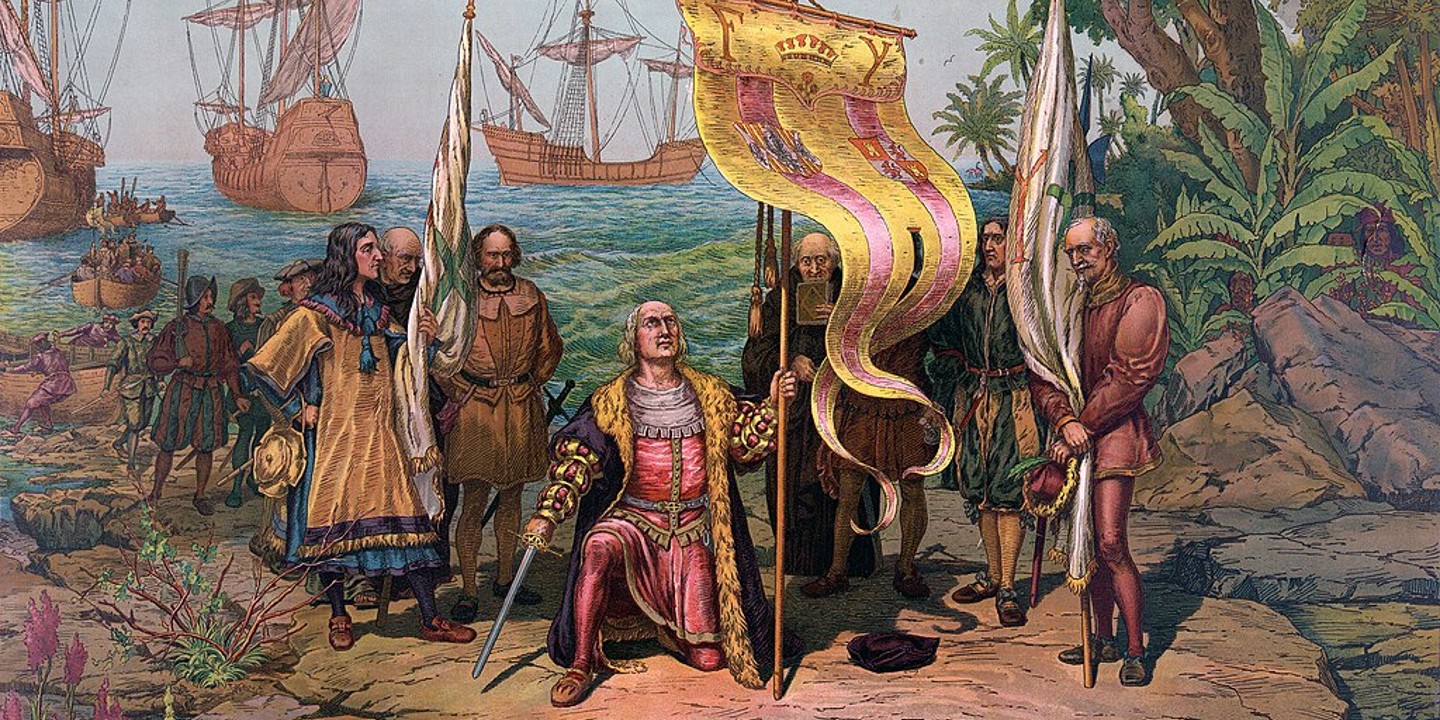
20 Lesser-Known Facts About Christopher Columbus You Don't Learn In…
In 1492, He Sailed The Ocean Blue. Christopher Columbus is…
By Emilie Richardson-Dupuis Oct 9, 2024
20 Historical Landmarks That Have The Craziest Conspiracy Theories
Unsolved Mysteries Of Ancient Places . When there's not enough evidence…
By Megan Wickens Oct 9, 2024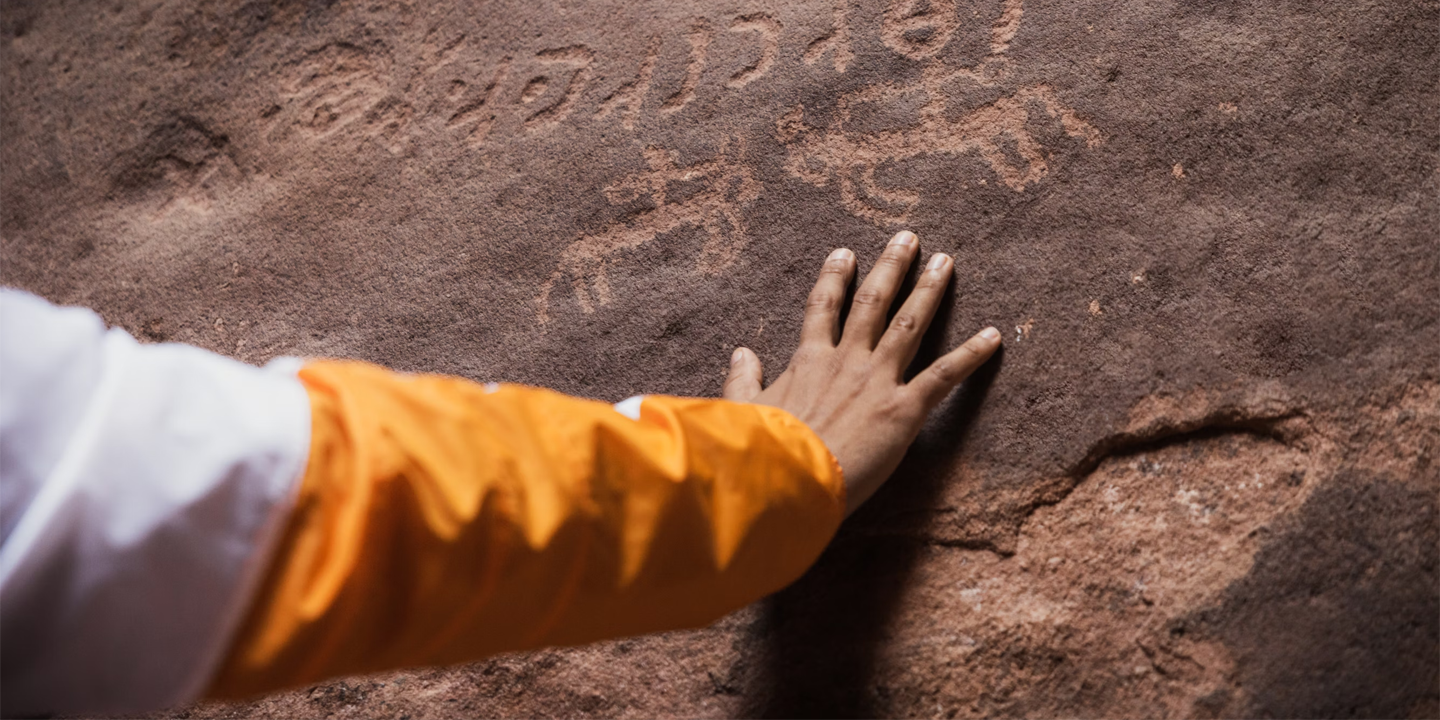
The 20 Craziest Inventions & Discoveries Made During Ancient Times
Crazy Ancient Inventions . While we're busy making big advancements in…
By Cathy Liu Oct 9, 2024

